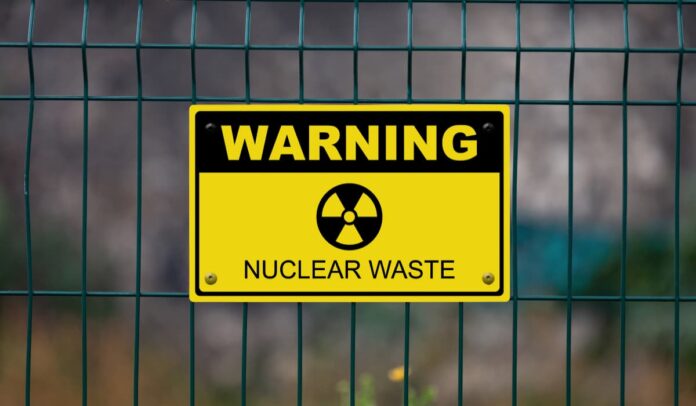[ad_1]
Fortunately for Radioactive Waste Management (RWM), the first-of-its-kind hacker attack on the project was unsuccessful.
The United Kingdom’s Radioactive Waste Management (RWM) company overseeing the nation’s radioactive waste has revealed a recent cyberattack attempt through LinkedIn. While the attack was reportedly unsuccessful, it has raised eyebrows in the nuclear sector, sparking concerns about the security of critical nuclear infrastructure.
As reported by The Guardian, the hackers directed their attack at the company through LinkedIn. However, whether it was a phishing attack or an attempt to trick employees into installing malware on the system, the modus operandi remains unknown.
Typically, LinkedIn is exploited for phishing scams targeting employees of specific companies. An example from last year involves ESET researchers reporting a cyberespionage campaign by North Korean government-backed hackers from the Lazarus group. The campaign specifically targeted employees at a Spanish aerospace firm.
The RWM is spearheading the £50bn Geological Disposal Facility (GDF) project, aimed at constructing a substantial underground nuclear waste repository in Britain. As a government-owned entity, RWM facilitated the merger of three nuclear bodies—the GDF project, the Low-Level Waste Repository, and another waste management entity—to establish Nuclear Waste Services (NWS).
“NWS has seen, like many other UK businesses, that LinkedIn has been used as a source to identify the people who work within our business. These attempts were detected and denied through our multi-layered defences,” stated an NWS spokesperson.
However, the incident raises concerns, as experts warn that social media platforms such as LinkedIn are becoming preferred playgrounds for hackers. These platforms provide multiple avenues for infiltration, including the creation of fake accounts, phishing messages, and direct credential theft.
The FBI’s special agent in charge of the San Francisco and Sacramento field offices, Sean Ragan, has emphasized the ‘significant threat’ of fraudsters exploiting LinkedIn to lure users into cryptocurrency investment schemes, citing numerous potential victims and past and current cases.
In October 2023, email security firm Cofense discovered a phishing campaign abusing Smart Links, part of the LinkedIn Sales Navigator and Enterprise service, to send authentic-looking emails, steal payment data, and bypass email protection mechanisms.
In November 2023, a LinkedIn database containing over 35 million users’ personal information was leaked by a hacker named USDoD, who previously breached the FBI’s InfraGard platform. The database was obtained through web scraping, an automated process to extract data from websites.
Social engineering attacks, such as deceptive emails and malicious links, offer hackers a gateway to sensitive information. LinkedIn has taken steps to warn users about potential scams and provide resources for staying safe online. Still, concerns about digital security remain prevalent in the nuclear industry, especially after the Guardian exposé of cybersecurity vulnerabilities at the Sellafield plant.
In 2023, the Sellafield nuclear site in Cumbria experienced cybersecurity issues, indicating a need for improved safeguards and tighter regulations. The RWM incident highlights the growing interest of cybercrime syndicates to target nuclear sites.
The NWS acknowledges the need for continuous improvement to strengthen cybersecurity measures, highlighting that emergency response plans must match evolving business needs.
RELATED ARTICLES
- UK Power and Data Manufacturer Volex Hit by Cyberattack
- Data Breach Impacts 8k Greater Manchester Police Officers
- Database Leak Exposes 500K Irish Police Vehicle Seizure Records
- Couple sold nuclear warship data hidden in peanut butter sandwich
- MAZE hackers hit US Nuclear contractor; steal sensitive documents
- UK Electoral Commission Admits Data Breach Spanning Over a Year
- Russian hackers targeted 40 agencies including US Nuclear Agency
[ad_2]
Source link
